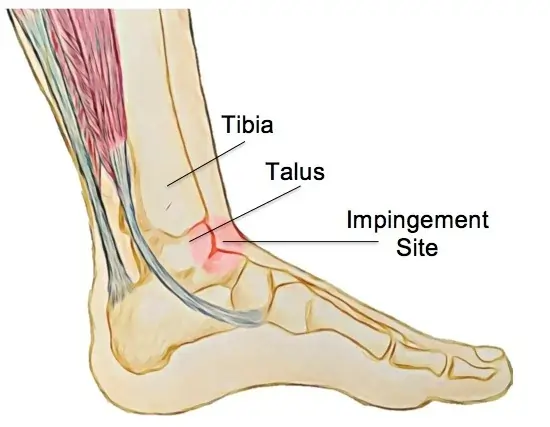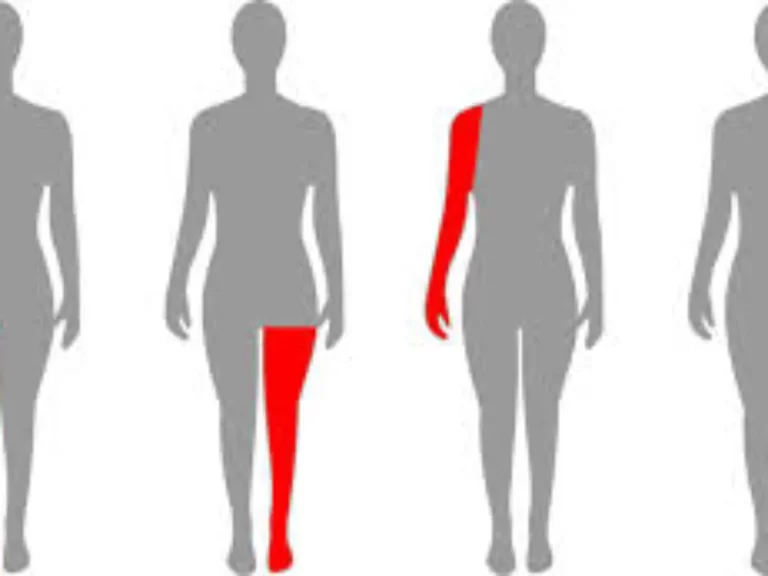For Knee Pain What To Eat
Introduction:
Knee pain can greatly interfere with day-to-day activities, making it difficult to move freely or enjoy them. If a person has serious bone diseases such as osteoarthritis, rheumatoid arthritis, arthritis, gout (retention of uric acid in the knee), severe injury, or pain from vigorous exercise and workouts, they need to take medication and have a balanced diet.
These include injuries, muscle tears, osteoarthritis, arthritis, and more. Your nutrition, physical therapy, and even exercise may be crucial.
Knee pain can be lessened by eating foods high in fiber and with anti-inflammatory qualities. These meals’ proteins, vitamins, and minerals support your bones, target connective tissues, and stop swollen-causing enzymes.
Importance of bone health:
These phases are when bones get the majority of their density. Maintaining this density as an adult requires weight-bearing activities and a healthy diet.
Making the correct food choices is the first step in developing strong bones. Select foods that strengthen connective tissue, lower inflammation, and increase bone density. By doing this, you can keep your joints healthy and injury-free for a long, active life.
To prevent osteoporosis and other orthopaedic disorders, you should incorporate these nutrients into your diet.
Top Foods To Relieve Knee Pain:
Green Vegetables:
The first item on the list of foods that can aid with knee pain is green vegetables. The human body benefits from eating green veggies. It contains leafy greens that resemble cabbage but are not, such as arugula, green mustard, and so forth. It is a member of the same family as purple cabbage, and since it usually inhibits an enzyme that causes knee joint swelling, you can also include cauliflower and broccoli.
Nuts, Dry Fruits, And Seeds:
You’ve probably heard that people use pricey, prepackaged protein powder after intense exercise, but it can be manufactured by simply roasting all the dried fruits, nuts, and seeds together and combining them into a fine powder, which increases strength and promotes healthy weight management.
Root Vegetables:
We can also find relief from knee pain by eating foods like root vegetables. This includes all of the strong veggies we use daily, such as turmeric, ginger, garlic, and onions; they all have anti-inflammatory qualities and strengthen the immune system, which lowers blood pressure and cholesterol. When these vegetables are used properly, knee pain will soon occur. and produces notable outcomes for osteoporosis sufferers.
Turmeric:
This spice is reported to have a number of therapeutic uses. For example, a study recommended medications based on turmeric that considerably reduced osteoarthritis pain and other symptoms. A glass of warm turmeric milk or water is a common morning beverage for Indians. Furthermore, as turmeric is a basic component in most Indian recipes, it is a great addition to Indian cuisine.
Fish Oil:
Omega-3 fatty acids, which are abundant in fish oil, are known to reduce the incidence of heart disease, diabetes, and other chronic conditions in addition to eliminating all forms of inflammation. Fish oil can be added to the diet to help with knee pain. Healthcare doctors recommend that meals include salmon and tuna fish because they improve brain function and reduce joint inflammation. There are also a lot of fish oil supplements on the market.
Bone Broth:
Because bone broth is high in calcium, amino acids, and glucosamine, it has many other uses besides being a foundation for cooking. A viscous substance that functions similarly to the fluid within the knee is released when poultry or meat bones are boiled. According to some scientists, it also aids in the formation of cartilage. In addition to reducing the burning feeling, it also miraculously cures osteoporosis and arthritis.
Virgin Olive Oil:
It is an additional Omega-3 fatty acid source. It prevents the production of bones, lowers joint inflammation, and lessens thigh muscle stiffness. Rich in omega-3 fatty acids, virgin olive oil is an unsaturated fatty acid that is good for bones and can help with certain neurological conditions.
Fresh Fruits:
They contain a lot of antioxidants. Some fruits have a huge impact on those with osteoporosis, arthritis, and knee pain. Fruits that are high in fiber, like apples, can cause joint pain. Indeed, tomatoes fall among the group of fruits high in lycopene. Since cooked tomatoes contain more lycopene than raw ones and are a rich source of antioxidants, they should be eaten every day. Another fruit that has a high bromelain content is pineapple, which has been shown to significantly lessen the pain associated with rheumatoid arthritis and osteoporosis. Flavonoids, which are abundant in blueberries, prevent the brain from sending out inflammatory signals. Consuming the skin of fruits will optimize their general health benefits and maintain bone health.
Lentils:
Legumes occur in a wide range of varieties and are frequently used in daily meals. They have anti-inflammatory and analgesic effects. Rich in antioxidants, some beans, such as kidney, chickpea, and soybean, lessen the burning feeling around the knee, which is the main sign of collagen synthesis.
Dairy Products:
Regular consumption of low-fat dairy products improves bone density and raises calcium levels in our bones. It lessens the knee’s redness.
Green Tea:
NSAIDs (non-steroidal anti-inflammatory medicines) can have negative side effects for those with these diseases. Making a cup of green tea is a useful way to help manage the condition symptoms and drug side effects. Polyphenolic chemicals found in it have anti-inflammatory and immune-boosting effects.
Dark chocolate:
Chocolate is, in fact, a component of an anti-inflammatory diet. Antioxidants included in cocoa, the primary ingredient in chocolate, help mitigate a person’s inherent susceptibility to inflammation and insulin resistance. But keep in mind that chocolate can be heavy in fat and sugar, so eat it sparingly.
Fortified foods:
You may purchase a range of foods fortified with calcium and vitamin D, two elements that promote bones, in most grocery stores.
If you have dietary limitations, fortified orange juice and cereals might help you reach your daily intake recommendations.
Whole grains:
White bread, white rice, and ordinary pasta are examples of refined grains that contain proteins that might cause inflammation in the body. Whole grains with a lot of fiber, however, aid in the production of fatty acids that reduce inflammation. Thus, continue using whole grains. Together with calcium, this mineral helps to strengthen bones and lessen joint pain.
Eggs:
Vitamin D and protein are abundant in eggs. To aid in the absorption of calcium, we require vitamin D.
Berries:
In addition to strengthening your immune system, vitamin C contributes to the synthesis of collagen, which is crucial for bone structure. Numerous fruits, such as citrus, melons, kiwis, pineapples, and berries, are rich in vitamins and minerals.
Because blueberries are rich in anthocyanins, one of the most potent flavonoids, humans have a special fondness for them. Another fruit that is high in fiber and has anti-inflammatory properties is the apple, which also has additional advantages for gastrointestinal health.
Lean protein:
Consume foods high in lean protein. Tofu, beans, lentils, chicken, and lean red meats can all help maintain healthy bones.
Foods to Avoid in Knee Pain:
Here are the foods we suggest eating to strengthen bones and lessen joint pain. Be mindful of the consequences of foods that may cause inflammation:
- Use as little salt as possible.
- Limiting salt consumption can also lessen calcium loss, which lowers the risk of osteoporosis and fractures, according to the Arthritis Foundation.
Conclusion:
When it comes to knee pain, a well-balanced diet full of anti-inflammatory foods can be very helpful. Incorporating minerals like calcium and magnesium, vitamins like D and C, antioxidants, and omega-3 fatty acids can improve joint health, encourage tissue repair, and lessen inflammation. Although food cannot treat knee pain on its own, eating the correct foods can greatly improve mobility, joint function, and pain reduction.
FAQs
Can knee pain be relieved by coffee?
The impact of coffee on knee pain is complex and varies depending on the type of coffee and individual characteristics. Coffee may have a preventive effect against gout, according to some research, but it may also raise the incidence of knee osteoarthritis (OA), especially in men.
Can knee pain be relieved by drinking coconut water?
Indeed, knee pain and general joint health may benefit from coconut water. Its abundance of minerals and electrolytes can improve the health of bones and cartilage, lower inflammation, and aid with hydration.
Is it possible for lemon to alleviate knee pain?
Lemon peels wrapped in cotton fabric and bathed in warm sesame oil can be applied to the injured spot. Until the pain goes away, try doing this twice a day.
How many eggs are there each day?
Eating one to three eggs a day is generally safe and good for the majority of healthy people. Up to two or three whole eggs should be consumed daily as part of a balanced diet, according to the Dietary Guidelines for Americans. However, depending on variables including age, health, and degree of activity, each person’s needs may be different.
When we have knee pain, may we consume curd?
Dairy products like milk, cheese, and yogurt are important sources of calcium, but some people with arthritis, particularly those with rheumatoid arthritis, may have issues with them.
Does rice help with knee pain?
RICE: Rest, Ice, Compression, and Elevation can help reduce pain and swelling and encourage healing and flexibility as soon as possible following an injury, such as a sprained knee or ankle. Get some rest.
What fruit reduces pain?
Numerous phytonutrients found in these tiny, juicy gems may reduce pain and inflammation. When berries aren’t in season, frozen blueberries can be just as nutrient-dense as fresh ones. Similar calming effects can be obtained from other fruits that contain antioxidants and polyphenols, such as oranges and strawberries.
Does milk help with knee pain?
Because milk contains calcium and vitamin D, which support bone health, it may help with knee pain. It may be required to choose low-fat products or look into dairy substitutes, though, as some people may experience elevated inflammation from dairy.
Does an egg help with knee pain?
Because of their nutritional richness and anti-inflammatory qualities, eggs can be a beneficial addition to a diet for the management of knee pain. In particular, omega-3 fatty acids, which are abundant in eggs, have the potential to lower inflammation in the body. Vitamin D, another substance that has been connected to lowering osteoarthritis pain and symptoms, is also present in eggs.
With knee pain, what should one avoid eating?
Avoid of processed and refined foods since they frequently include refined carbs, added sugar and salt, and trans fats. Include a variety of fruits and vegetables since they may help lower inflammation and provide fiber and vitamins, some of which are antioxidants.
References:
- Clinic, C. (2025a, April 22). 6 foods to eat for healthy joints. Cleveland Clinic. https://health.clevelandclinic.org/the-best-food-to-help-relieve-your-joint-pain
- Nav Imperial Hospital. (n.d.). Best. Nav. https://navimperialhospital.com/blog/foods-to-relieve-knee-pain.php
- 10 massages and stretches for a frozen shoulder. (n.d.). Your Website Name. https://www.germantenhospitals.com/which-are-the-best-foods-for-knee-pain-relief
- Hospital, K. (2025, April 17). Foods to eat and avoid in knee pain. Kolekar Hospital & ICCU. https://www.kolekarhospital.com/foods-to-eat-and-avoid-in-knee-pain/







